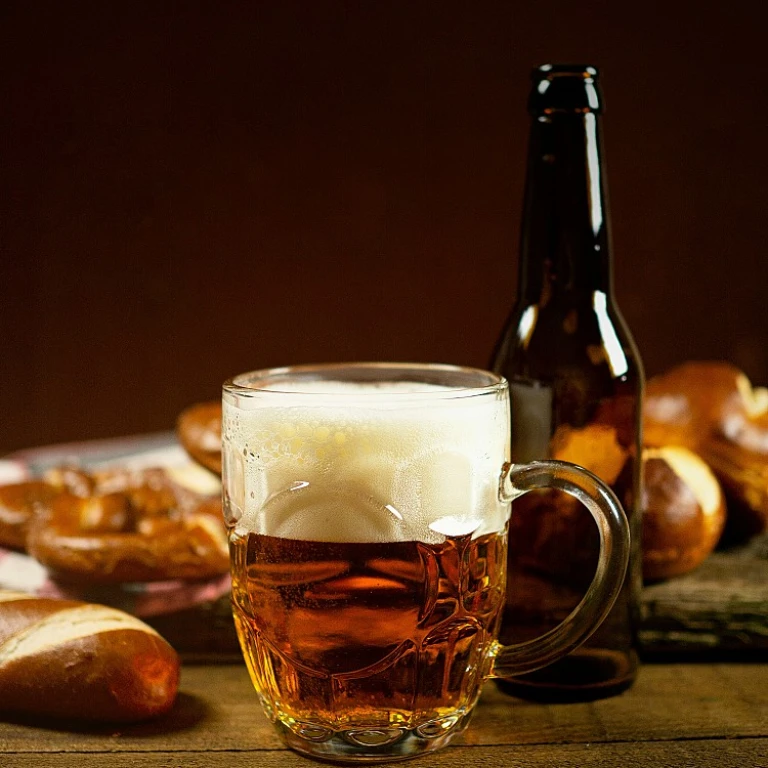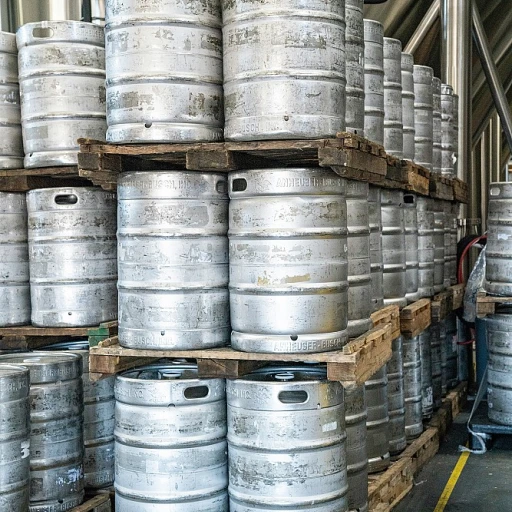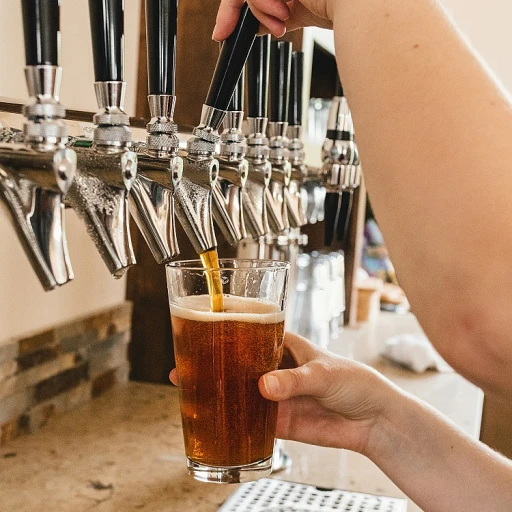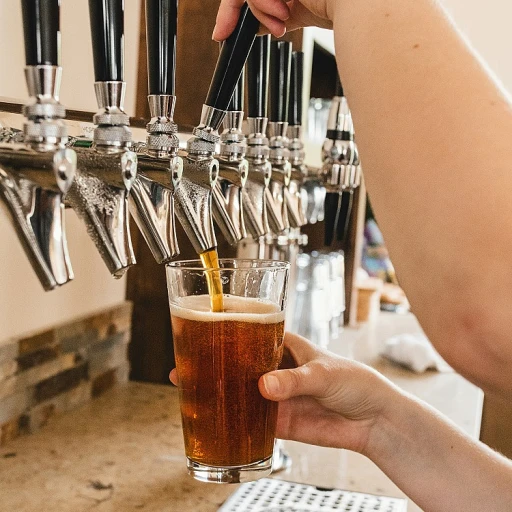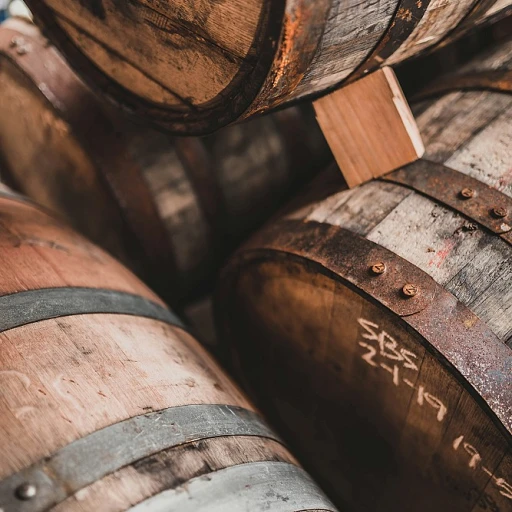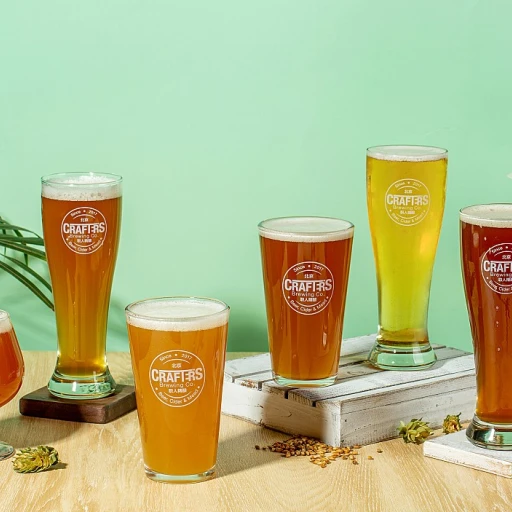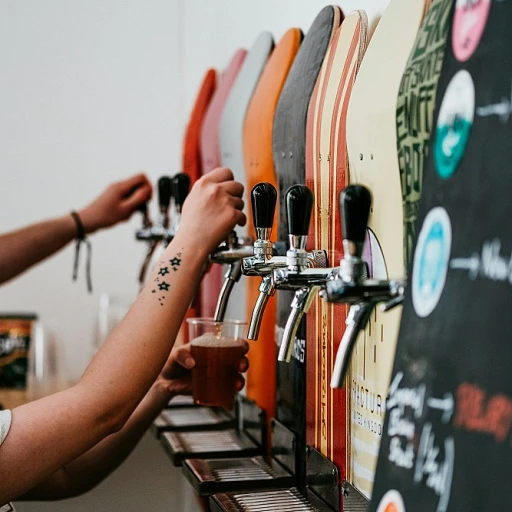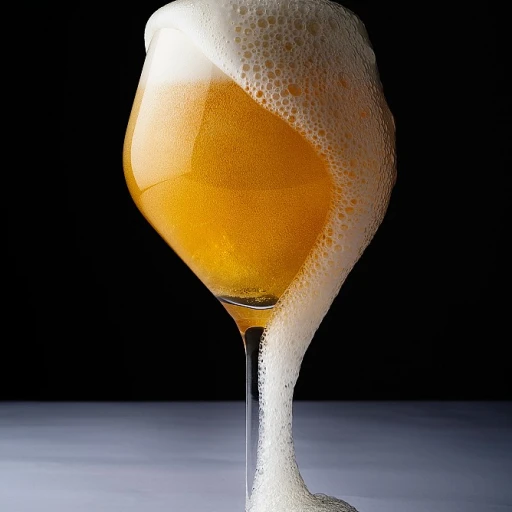
Why Choose a Kegerator Kit?
Unlock the Potential of Fresh Draught Beer at Home
If you're a beer enthusiast looking to elevate your home-drinking experience, a kegerator kit might be just what you need. But why should you consider investing in one?
First, there's the ultimate guide to keeping your brew cool and convenient. Served from a kegerator, your beer maintains consistent temperature and carbonation, allowing you to enjoy a refreshing pint just like at your favorite pub. This ensures that every pour is as satisfying as the first, offering you freshness and quality that bottled or canned beer often lacks.
Additionally, using a kegerator can be a more cost-effective and eco-friendly choice. By purchasing beer in larger quantities, you save on packaging waste and often benefit from bulk pricing. Moreover, having a kegerator gives you the freedom to explore different types of beer, from local crafts to popular imports, without cluttering your fridge with multiple bottles or cans.
Once you're familiar with the essential components and types of kegerator kits, you're ready to consider converting your fridge into a kegerator. This personalized step could greatly enhance your beer-tasting adventures.
Essential Components of a Kegerator Kit
Crucial Parts of Your Kegerator Experience
A kegerator kit is an essential investment for any beer enthusiast who wants to enjoy fresh draft beer in the comfort of their home. Understanding the vital components of a kegerator kit will help you assemble your own system effectively and with ease.- Keg Coupler: This is an essential part that serves as a connection between the CO2 tank and the keg, ensuring the beer flows smoothly. Depending on the type of beer you consume, you'll need specific couplers, such as D-system, S-system, or others.
- CO2 Tank and Regulator: The CO2 tank supplies the pressure needed to push beer from the keg to the tap. A regulator allows you to control the pressure, ensuring the perfect pour every time.
- Tower and Tap Faucet: These are the more visible components of your kegerator. The tower holds the faucet, and together they facilitate the final stage of your beer’s journey into your glass.
- Beer Lines & Connectors: These are crucial for transferring the beer between parts of the system. Ensure they are of high quality and properly cleaned to maintain the beer’s taste and freshness.
- Drip Tray: Although not necessary, a drip tray can catch spills and splashes, helping to keep your setup clean and tidy.
Types of Kegerator Kits: Ball Lock vs. Pin Lock
Diving into Ball Lock and Pin Lock Systems
When it comes to kegerator kits, there's one choice every enthusiast encounters: ball lock or pin lock. Understanding the difference between these two systems can help you make the best decision for your homebrew or commercial setup.
- Ball Lock Systems: A popular option in the kegging world, ball lock systems are known for their versatility. These systems use a set of ball bearings that firmly lock your keg connections in place. Primarily derived from soft drink industry leftovers, ball lock kegs have taken the beer world by storm owing to their ease of use and widespread availability. If you're wondering about how many beers fit in a half keg, ball lock kegs provide a uniform standard, which makes calculating keg volume relatively easy.
- Pin Lock Systems: If you stumble upon a pin lock system, you'll find a more secure fitting for the keg connections, thanks to protruding pins that lock into specific grooves. While slightly bulkier than their ball lock counterparts, they offer a dependable seal. Perfect for those who prioritize safety and less prone to accidental disconnections.
Deciding between these two depends on your priorities and preferences. For consumers seeking flexibility and peace of mind, ball lock systems offer easier adaptation and more design options. Meanwhile, pin lock systems are celebrated for their reliability and solid connections. Whether you're a homebrewing hobbyist or an aficionado aiming to keep beers fresh, understanding these systems is pivotal in finding your perfect kegerator kit.
Step-by-Step Guide to Kegerator Conversion
Transforming Your Fridge into a Beer Haven
If you're ready to plunge into the world of enjoying perfectly chilled beer straight from a keg, a kegerator conversion could be just what you need. This process of transforming an ordinary refrigerator into a kegerator is an exciting project that promises to enhance your beer-drinking experience significantly. Here’s a simple step-by-step guide to help you get started.Gathering Your Tools and Components
Before diving into the conversion, make sure you have all the necessary tools and components ready. Apart from the basic tools like a drill and screwdriver, you will need parts outlined in your kegerator kit such as taps, shanks, and hoses, as mentioned in the previous section on essential components.Drilling and Installing
- Select the Spot: Choose an appropriate location on your refrigerator door where the tap will be installed. Ensure there’s sufficient clearance both inside and outside.
- Drill Carefully: Using a hole saw drill bit, create a hole at the previously marked spot. Be cautious, as you wouldn't want to damage the fridge.
- Secure the Shank: Insert the shank through the drilled hole from outside. Tighten it securely on the inside.
Setting Up Internal Connections
Now, it's time to arrange the internal connections. Once the shank is fixed:- Attach the Beer Line: Connect the beer line from the keg coupler to the shank. It’s crucial to ensure this line is free of twists.
- Connect the Gas Line: Hook up the gas line from the CO2 tank to the keg coupler. Correct pressure settings will ensure your beer is both fizzy and fresh.
Test and Enjoy
With all components in place, conduct a pressure test to confirm there are no leaks in the connections. Adjust the pressure as per the kit’s guidelines. Once you are satisfied with the setup, place a keg in the fridge and let it chill. Enjoy the rich, freshly tapped beer right from your custom-made kegerator. Embarking on this conversion journey is not only fulfilling but also expands the ways you savor your favorite beers. Remember, patience and precision are your best friends during this process.Finding the Best Deals on Kegerator Kits
Shopping Smarts: Securing Quality at Great Prices
When it comes to finding the best deals on kegerator kits, making an informed choice can save you both time and money. Here's how to ensure you're getting value without compromising on quality:- Research Online Retailers: Start by browsing through reputable online retailers that specialize in home brewing equipment. Look for customer reviews and ratings to gauge customer satisfaction and product quality.
- Compare Prices and Features: Since kegerator kits come in various configurations, it’s wise to compare prices and features. Consider what you learned in the previous sections about the essential components and choose the kit that best fits your needs.
- Check for Seasonal Sales and Discounts: Keep an eye on seasonal sales such as Black Friday or Cyber Monday. Retailers often offer significant discounts on equipment during these periods, making it a great time to purchase your kegerator kit.
- Join Forums and Communities: Engaging in beer enthusiast forums or joining online communities can give you insights into ongoing sales and personal recommendations. Fellow hobbyists might point you towards hidden gems.
- Consider Second-Hand Options: If you're on a tight budget, consider looking into second-hand kegerator kits. Platforms like Craigslist or eBay can be useful for finding lightly used kits. Just make sure to check the condition and verify the seller's credibility.

